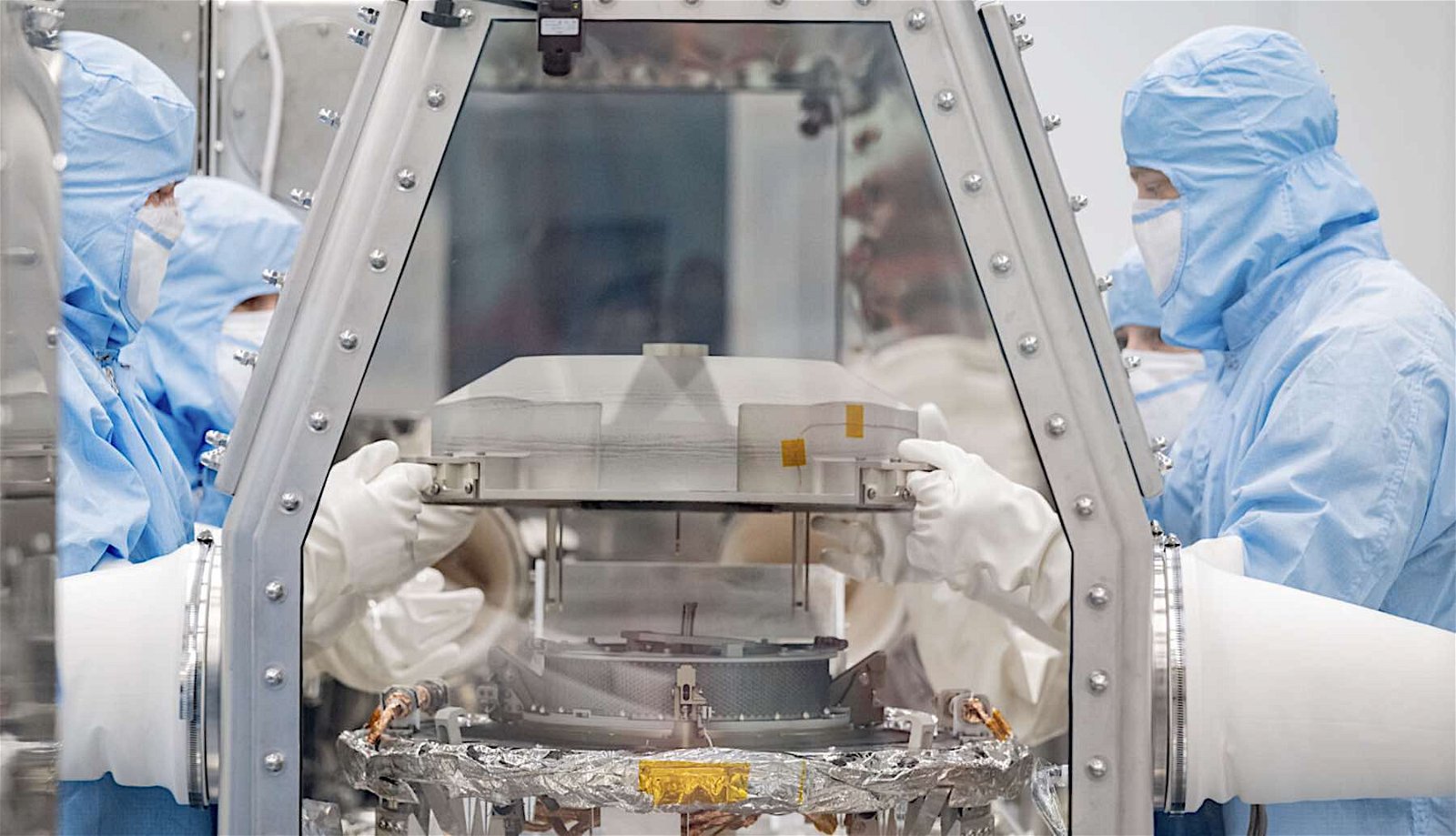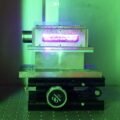The initial results of studies involving newly returned samples collected from a 4.5-billion-year-old asteroid were unveiled by NASA on Wednesday.
Preliminary assessments of the samples, which were brought back to Earth last month, were carried out by NASA’s OSIRIS-REx (Origins, Spectral Interpretation, Resource Identification and Security–Regolith Explorer) science team.
The recent studies of the samples retrieved from asteroid Bennu “show evidence of water and high-carbon content,” according to the space agency, which could potentially point to the presence of the building blocks of life on Earth within the samples.
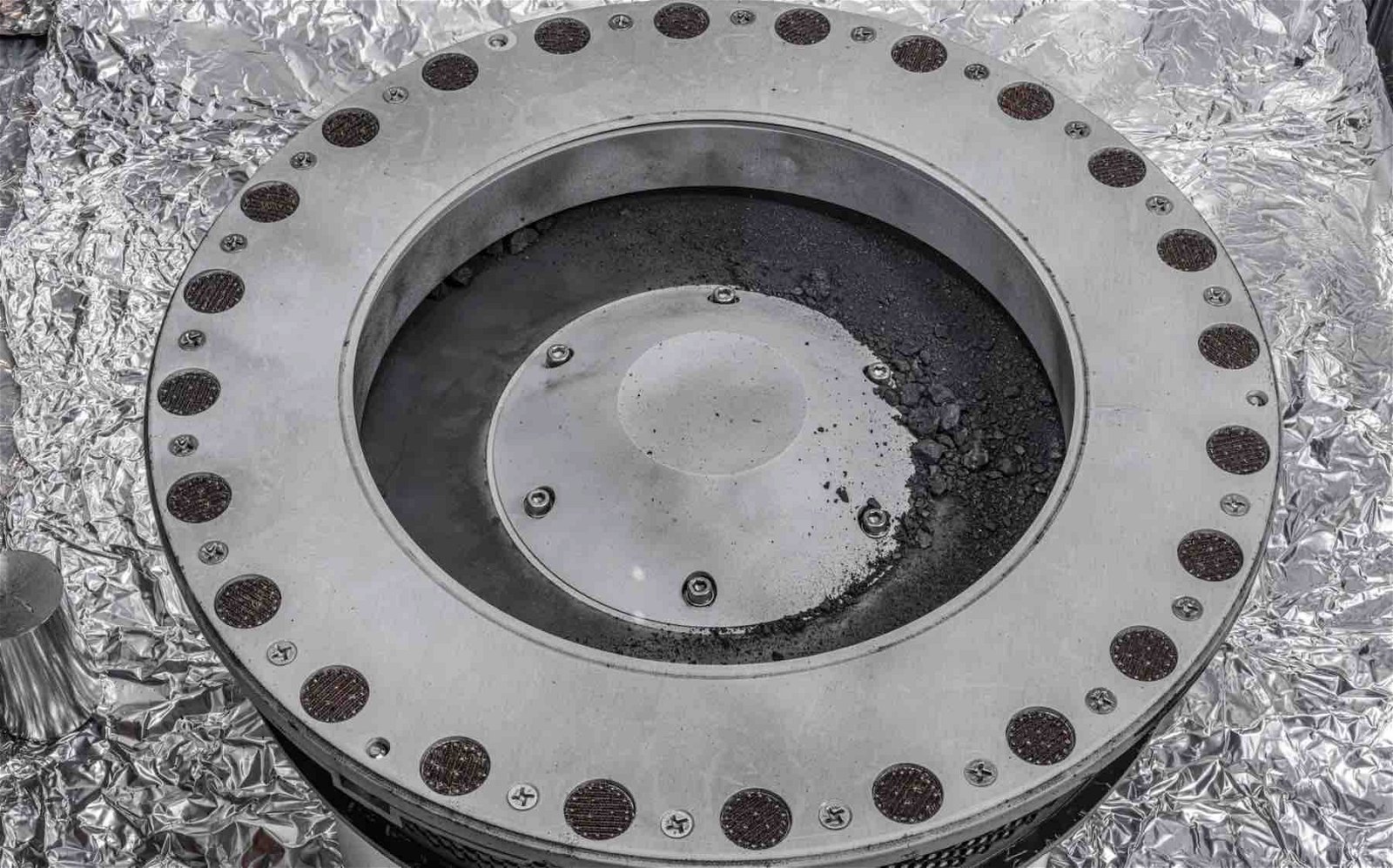

“The bounty of carbon-rich material and the abundant presence of water-bearing clay minerals are just the tip of the cosmic iceberg,” said Dante Lauretta, OSIRIS-REx principal investigator at the University of Arizona, Tucson.
“These discoveries, made possible through years of dedicated collaboration and cutting-edge science, propel us on a journey to understand not only our celestial neighborhood but also the potential for life’s beginnings,” Lauretta said. “With each revelation from Bennu, we draw closer to unraveling the mysteries of our cosmic heritage.”
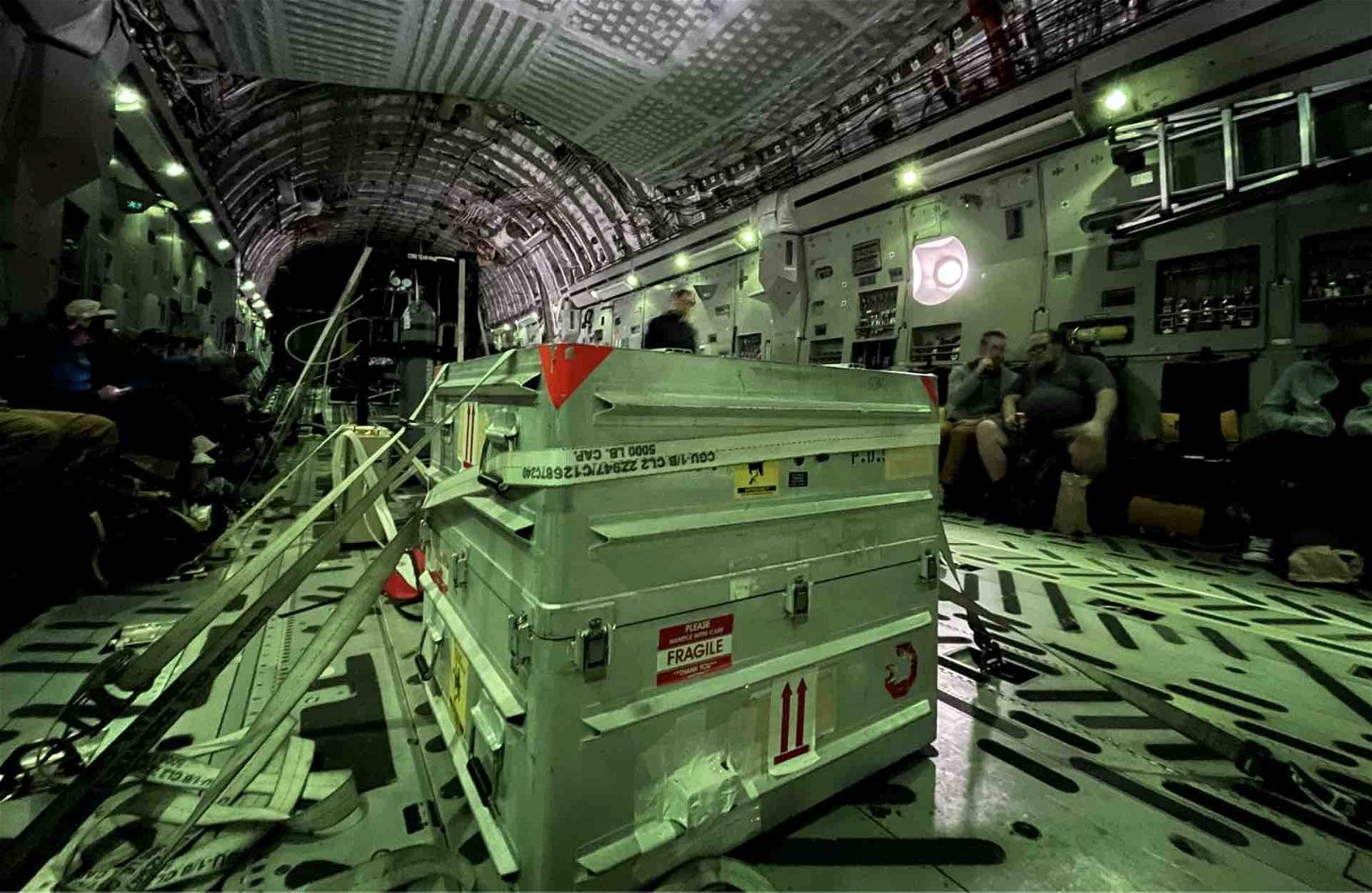

Clean Rooms, Pristine Samples, and Bonus Material
Working over a period of ten days within clean rooms specially built for the study of the samples, scientists at NASA’s Johnson Space Center were surprised to discover “bonus material” that lined the exterior of the science canister’s collector head, as well as the canister’s base and lid.
Enough extra material was retrieved in these locations to impede the collection and containment process of the primary sample, although Johnson Space Center Director Vanessa Wyche said she and her team had been prepared “for whatever Bennu had in store for us.”
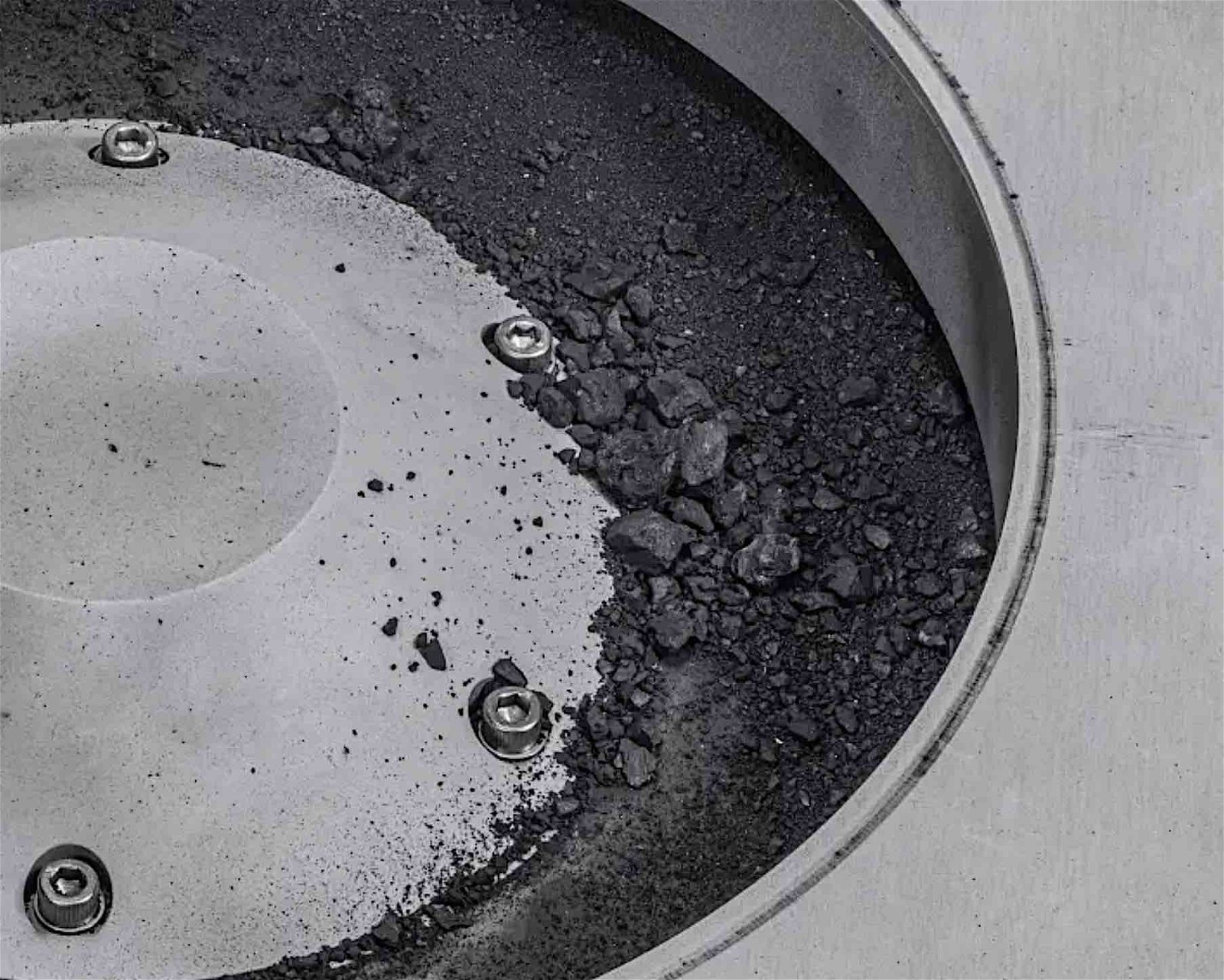

Wyche said in a statement that NASA has spent years developing gloveboxes and tools specifically for the study of the Bennu samples, which helped to ensure that they will remain uncontaminated and capable of producing rich insights throughout the course of studies over the next several decades.
Diverse Analysis of the Asteroid Samples
Shortly after the samples arrived, initial inspections of the material were undertaken, which included imagery obtained from scanning electron microscopy, as well as X-ray diffraction, chemical analysis, infrared measurements, and a range of other analyses.
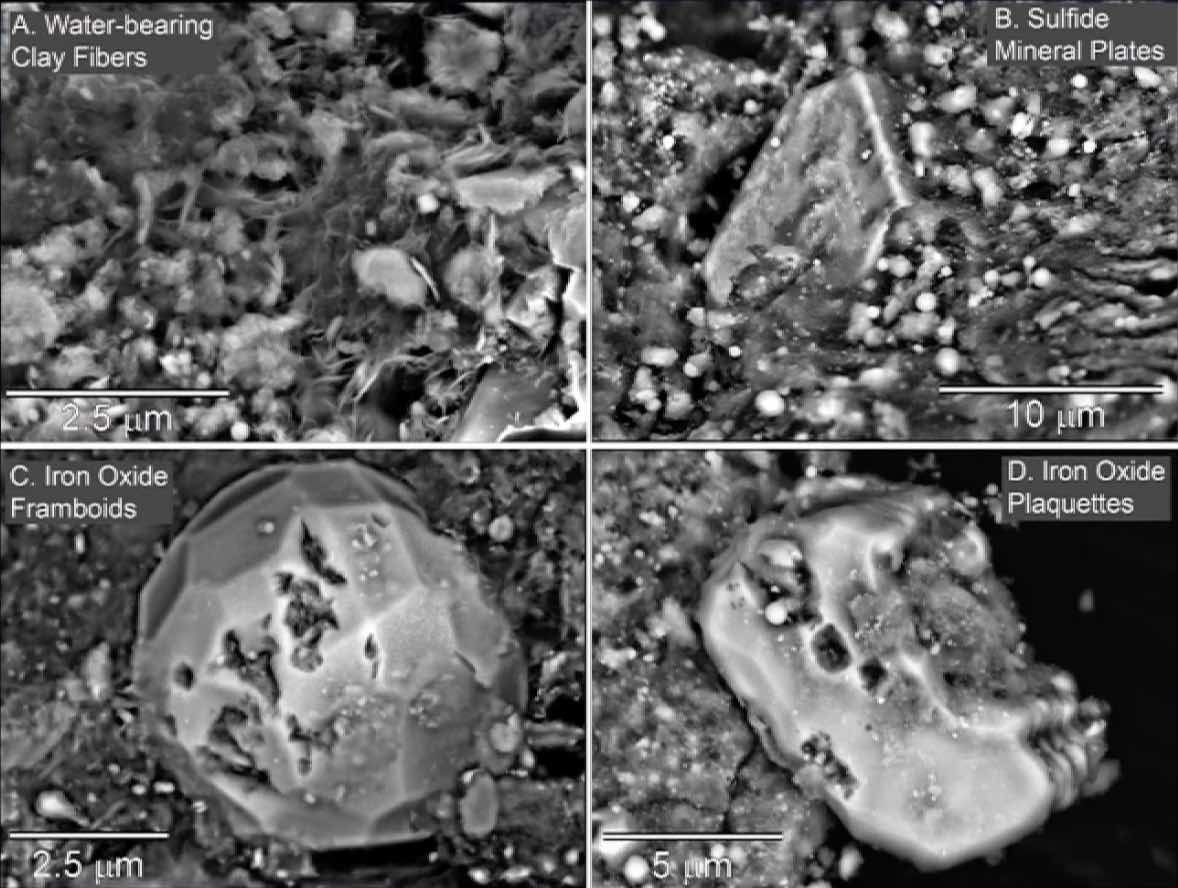

X-ray imagery was used to produce 3D models of one sample of particles, which revealed a rich interior boasting a variety of features that included the earliest evidence of an abundance of carbon and water that NASA now believes the samples likely contain.
NASA Administrator Bill Nelson said during a televised press conference on Wednesday that the sample collected by OSIRIS-REx, recognized as the largest such sample ever brought to Earth, “will help scientists investigate the origins of life on our own planet for generations to come.”
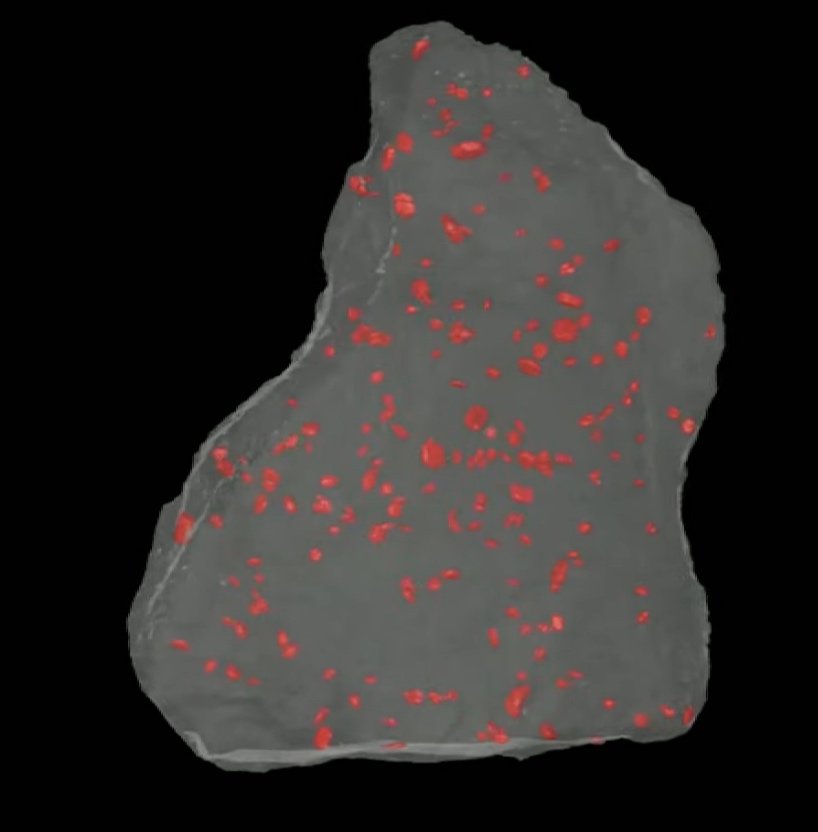

NASA scientists hope that in the coming decades, ongoing studies of the samples will provide significant insights into processes that include the formation of planetary neighborhoods like our own solar system, as well as how life might have originated on Earth.
Planetary safety measures are also on the current research agenda since the information obtained by OSIRIS-REx could potentially end up being crucial in terms of helping ensure that Earth can be defended in the event that a near-Earth object like Bennu ever makes its way close enough to pose a risk from impact.
OSIRIS-REx Mission’s Next Steps
Over the next two years, the OSIRIS-REx mission team will undertake additional analysis to obtain as much information as possible in accordance with the mission’s objectives and science goals.
The analyses will be conducted with a limited portion of the samples brought back to Earth in September, with close to 70% of the stone and dust contained within the sample canister being preserved at Johnson Space Center, which will be made available to scientists around the world over the ensuing decades.
Right now, plans are underway for analysis to be undertaken by close to 200 scientists worldwide that will gauge the properties of the asteroid samples. NASA has also announced that later this year samples will be loaned to the Smithsonian Institution and a number of other facilities and educational centers for public display.
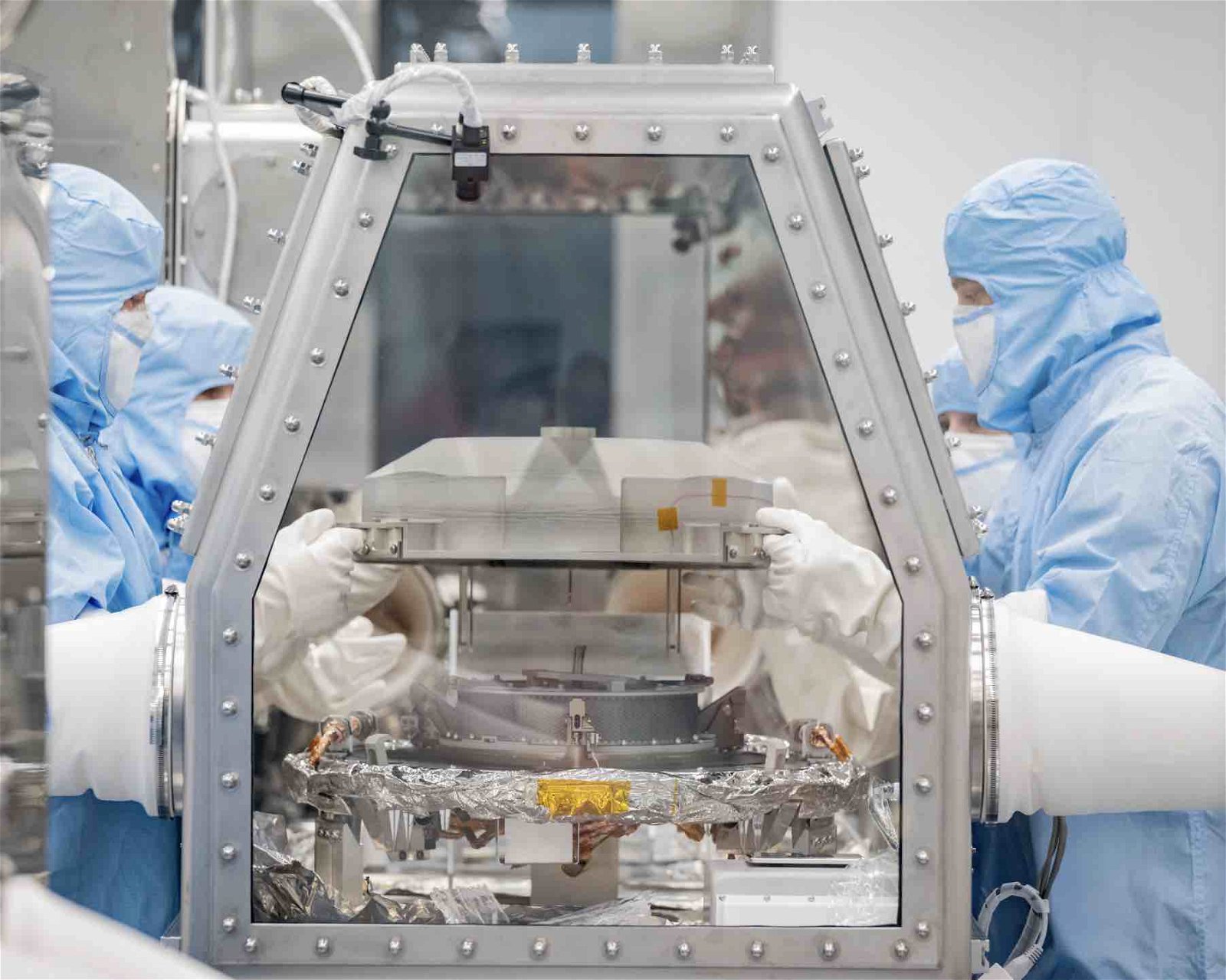

“NASA missions like OSIRIS-REx will improve our understanding of asteroids that could threaten Earth while giving us a glimpse into what lies beyond,” NASA Administrator Bill Nelson said on Wednesday.
“The sample has made it back to Earth, but there is still so much science to come,” Nelson added. “Science like we’ve never seen before.”
Micah Hanks is the Editor-in-Chief and Co-Founder of The Debrief. He can be reached by email at micah@thedebrief.org. Follow his work at micahhanks.com and on Twitter: @MicahHanks.
